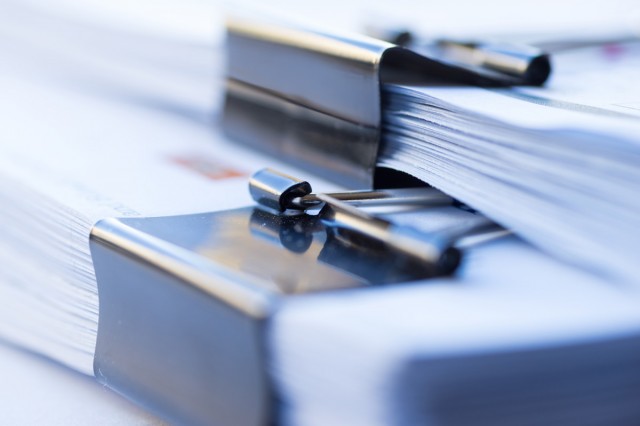⬅ News & Publications
The timing of a lawsuit is difficult to predict.
It depends on many things, including actions the Defendant takes, court schedules, and decisions you make. A lawsuit can take up to two years or longer to settle or to go to trial.
However, most lawsuits go through the same basic steps, although not always in the same order. Some lawsuits skip some steps, and some steps are repeated many times over.
The steps listed here are the main steps that occur in a lawsuit. They will give you a general idea of what to expect.
1. Gathering the Facts
With our client’s help, we gather all of the available facts concerning the claim, including interviewing and taking statements from witnesses. We sometimes hire investigators or experts to help us, so this step can involve expenses.
2. Starting the Lawsuit
We begin the lawsuit by preparing the necessary court documents and filing them in court. This means the court date-stamps all copies of the documents, keeping one copy for their official record. We then deliver filed copies to the Defendant’s lawyers. This step also involves expenses such as court filing fees.
3. Interim Applications
After we start a lawsuit, but before trial, we or the Defendant’s lawyers sometimes need to ask the court to decide certain things. Going to court to ask for an order is called an interim application. These interim applications are usually about how the lawsuit should be handled. For example, we might ask the court to order that the Defendant show us a particular letter or document that the Defendant would rather not let us see.
4. Examination for Discovery
After gathering the facts, either we or the Defendant’s lawyers arrange an examination for discovery. At the examination for discovery, we question the Defendant under oath about the accident. We also ask the Defendant to show us what relevant documents the Defendant has, and to tell us about all relevant documents he or she has ever owned or had access to. In return, the Defendant’s lawyers also question our client about the accident and the injuries he or she suffered. We give the Defendant copies of the documents we have that relate to the lawsuit, and
our client describes all relevant documents he or she once had, or had access to.
5. Review of the Law
Once we have a good idea of all the facts, we review the law. We then give our client our legal opinion about what the likely outcome of a trial would be, and how much money our client can expect to get.
6. Negotiation and Settlement
When it is appropriate, we talk with the Defendant’s lawyers to see if they will settle the claim. A settlement is an agreement between the parties to a lawsuit which sets out how they will resolve the claim. If the claim is settled, it does not go to trial.
7. Preparation for Trial
We prepare the case for trial, including getting all the necessary documents together, arranging for witnesses to attend, and preparing any legal opinions.
8. Trial
We act for our client at the trial. When the judge has decided the case, which could be a few days or weeks after the trial, we prepare the court order for the judge to sign, or approve how the other lawyers write up the judgement to make sure it is correct.
9. Completing the Claim
We do all of the work necessary to complete the claim. This includes giving our client money from a settlement or judgment, after we have deducted our fees and expenses. However, it does not include starting new steps such as enforcing or appealing a judgment. To enforce a judgment means to start proceedings to force the Defendant to actually pay what he or she has been ordered to pay. To appeal a judgment means to start work to get a higher court to change the original court’s judgment.






